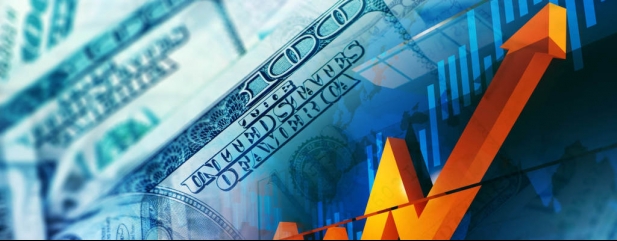Archived article
Please note that tax, investment, pension and ISA rules can change and the information and any views contained in this article may now be inaccurate.
US markets make new highs despite rising virus concerns

US markets continue to make new all-time highs spurred on by loose monetary policy and government stimulus policies, while increasing vaccinations have encouraged more people back to work, reducing unemployment levels.
However, investor enthusiasm has been somewhat dented by worries over the delta variant and its potential to slow the rate of economic recovery.
This has been reflected by strong gains in US 10-year bond prices, which have made solid gains in recent weeks as yields have fallen back. Bond prices move in the opposite direction to yields.
For example, since the last Fed meeting yields have dropped more than a quarter of a percentage point.
Whatever the reasons, one consequence of lower yields is that the S&P 500’s gains have been largely driven by the interest rate sensitive technology shares with the Nasdaq 100 index registering a new high.
The economically sensitive Russell 2000 index meanwhile has failed to join the party and didn’t make a new high as some of the excitement over the rate of recovery has dimmed.
The Russell 2000 index has more of a value bias and had benefited from the shift towards value at the expense of growth which began last November but has waned somewhat since early June.
Another factor influencing the recent relative outperformance of Nasdaq was an expectation that quarterly results from the technology heavyweights like Alphabet and Apple, Amazon, Facebook, and Microsoft would be better than expected.
It might be the case that investors just got too carried away with the strength of recovery in the early part of the year and bonds need to work off some of the bearishness which drove 10-year yields from 0.4% to close to 2% in May.
In other words, investors who had bet that yields would keep rising and bond prices falling have lost money as yields have recently declined. As such, these investors may have been forced to close their positions.
Once this technical process is complete there is room for yields to climb back up, assuming the pace of recovery is maintained, argues Morgan Stanley, which believes the Fed will lay out its plans for reducing its stimulus at its September meeting, in preparation for a March 2022 start.
This has become the consensus view according to a Bloomberg survey where three quarters of economists expect the Fed to hold off on signalling its plans until the 26 August meeting at Jackson Hole or the 21 September meeting.
If such a scenario were to come to pass, bond yields would likely be higher, giving a boost to the Russell 2000, and dampening enthusiasm for the interest rate sensitive technology sector.
Important information:
These articles are provided by Shares magazine which is published by AJ Bell Media, a part of AJ Bell. Shares is not written by AJ Bell.
Shares is provided for your general information and use and is not a personal recommendation to invest. It is not intended to be relied upon by you in making or not making any investment decisions. The investments referred to in these articles will not be suitable for all investors. If in doubt please seek appropriate independent financial advice.
Investors acting on the information in these articles do so at their own risk and AJ Bell Media and its staff do not accept liability for losses suffered by investors as a result of their investment decisions.
Issue contents
Editor's View
Feature
Great Ideas
- Why now is a great time to buy Hotel Chocolat
- Big buying opportunity at Avon Protection
- Big upgrade for FTSE 100 group Croda as new strategy pays off
- SDI continues to reward loyal retail investor fans
- Morgan Sindall surges on latest earnings upgrade
- Coca-Cola posts strong growth and continues to take market share
 magazine
magazine








